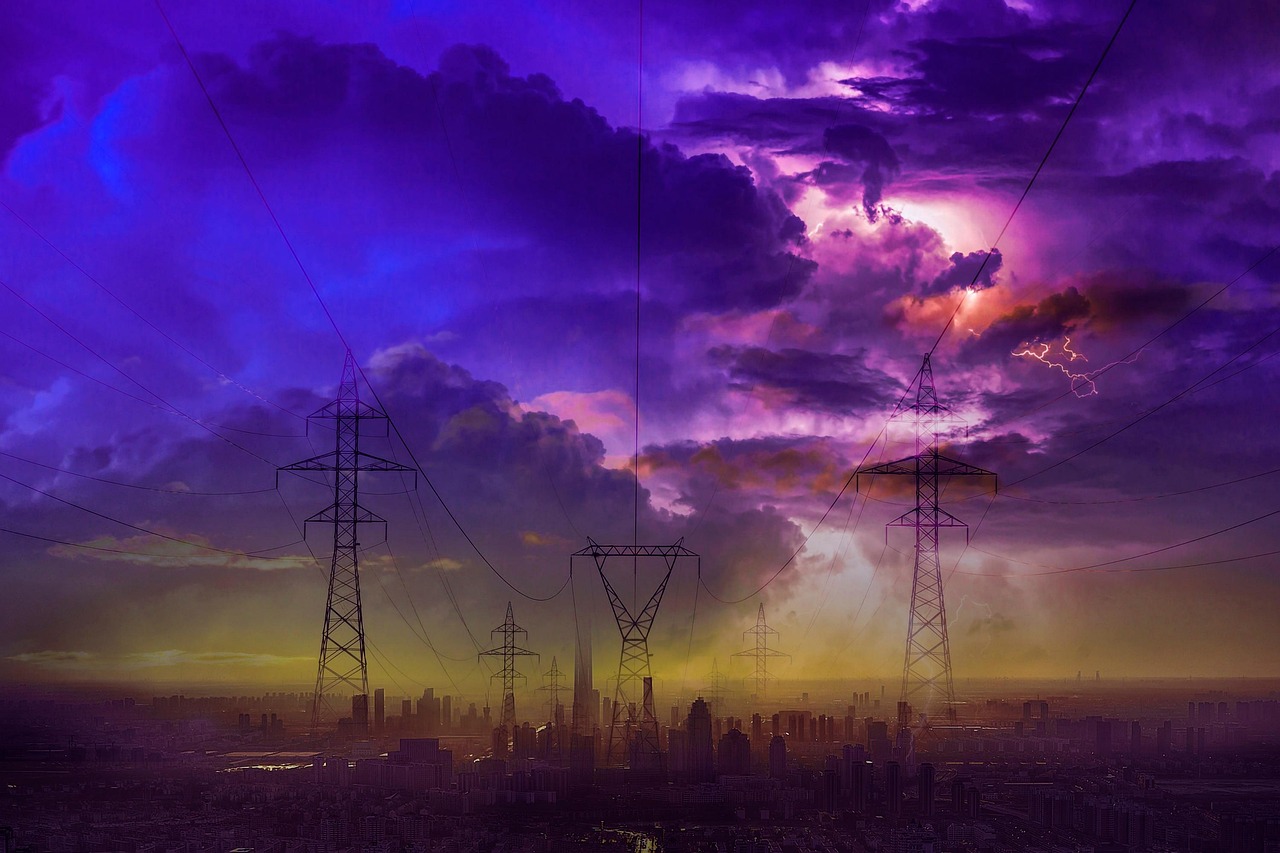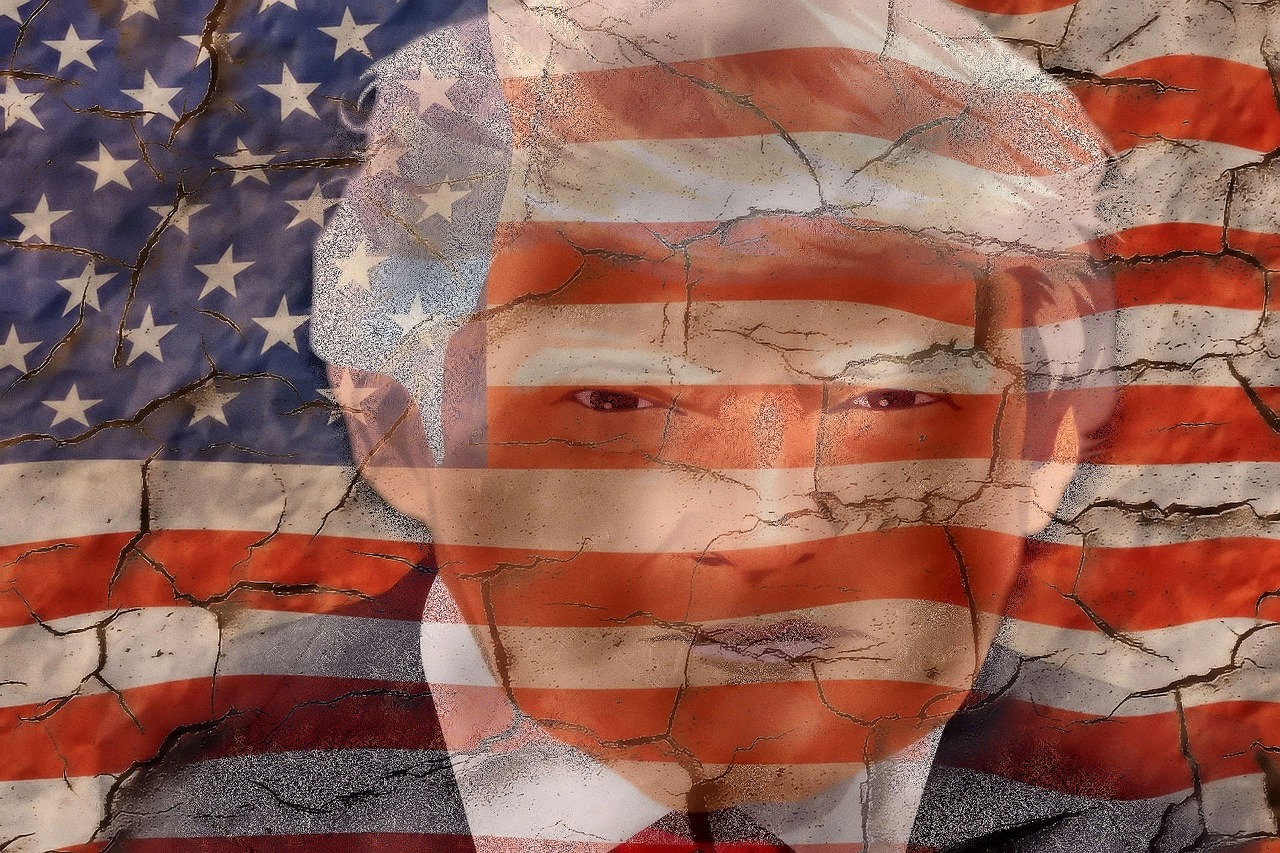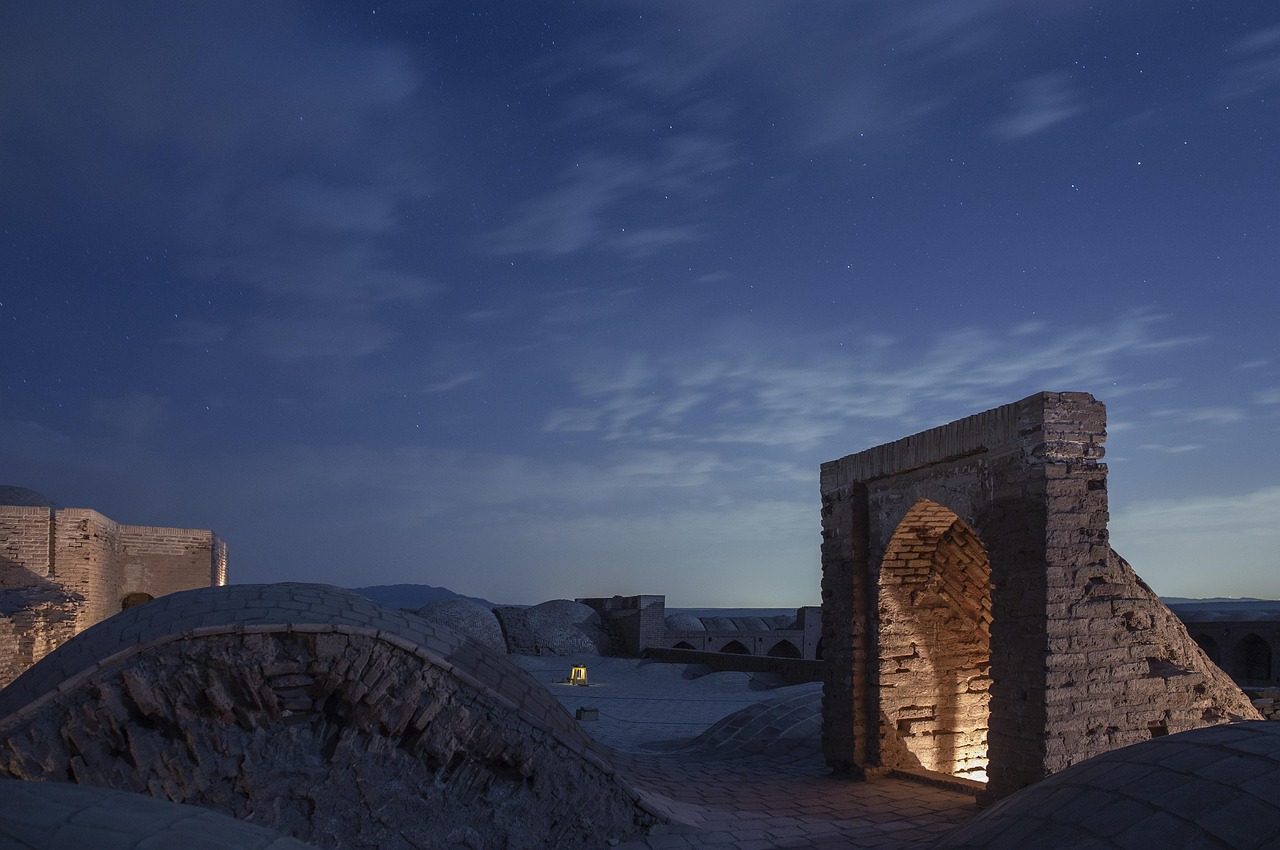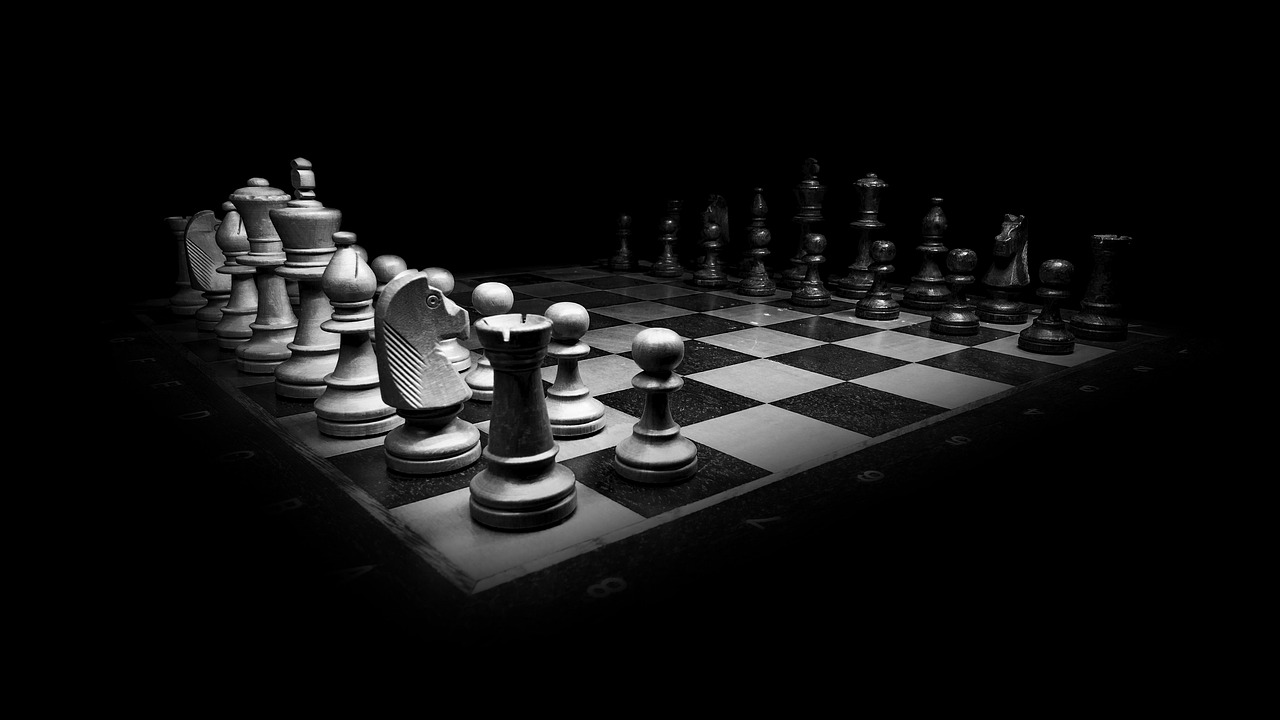
Key Outcome of US Israel Actions in Iran
The immediate result of recent US and Israeli military actions against Iran’s nuclear sites is a fragile ceasefire brokered by President Donald Trump, announced 48 hours after strikes began. Despite this pause, missile exchanges continue, indicating instability in the truce. The Iranian regime shows no signs of ending its nuclear program soon, as evidenced by recent legislative moves to suspend cooperation with the International Atomic Energy Agency (IAEA).
This signals a growing push within Iran to resist international oversight and maintain nuclear capabilities covertly.
Short and Long Term Risks of Ceasefire Breakdown
Short-term risks include accidental escalation from proxy groups or misinterpretation of military actions, increasing the chance of renewed conflict. Medium to long-term dangers revolve around persistent hostility between Iran and Israel, with the nuclear issue unresolved. Critical nuclear facilities have been damaged, but Iran’s stockpile of highly enriched uranium remains unaccounted for, and key centrifuge components have been outside IAEA inspection since
2021. The ongoing shadow war and assassination campaigns have pushed Iran’s nuclear program underground, raising the likelihood of a secretive and resilient nuclear capability developing.
Internal Iranian Dynamics Affecting Stability
Iran’s leadership aims to project strength domestically and internationally while avoiding a protracted war with the United States, as shown by their pre-announced missile strike on a US base in Qatar that caused no casualties. The regime’s structure is complex, combining repression, bureaucracy, and factionalized power centers including the Islamic Revolutionary Guard Corps (IRGC) and Basij militia. The Supreme Leader remains the ultimate authority, supported by an elite cadre. This system relies on internal repression and corruption, maintaining control amid widespread public discontent and vulnerability to upheaval. Targeted Israeli strikes against internal security forces aim to weaken this apparatus.
Regime Change Risks and Regional Impact
Calls for regime change overlook the risks of intensified repression and instability within Iran. The regime’s militarized factions could mount countercoups, while ordinary Iranians suffer the most from upheaval. Historical examples like Iraq demonstrate the dangers of destabilizing entrenched authoritarian systems without a clear post-regime plan. Regionally, the weakening of Iran’s allies such as Hezbollah and the Assad regime has undermined Iran’s “forward-defense doctrine, ” forcing reliance on missile forces for deterrence. This shift exposes strategic vulnerabilities and has triggered criticism among Iranian reformists regarding costly foreign engagements amid domestic crises.

Effectiveness and Limits of the 2015 Nuclear Deal
The 2015 nuclear deal increased transparency around Iran’s fissile material and centrifuge activities but did not fundamentally alter Iran’s regional behavior or nuclear ambitions. Iran continued to support proxy groups and engage in regional conflicts, maintaining hostility toward the US and Israel. The agreement slowed weaponization but did not eliminate Iran’s nuclear program, which is now more secretive following the US withdrawal under the Trump administration. The deal’s collapse has reduced international oversight and increased uncertainty about Iran’s nuclear capabilities.
Russia Iran Relationship and Its Regional Role
Russia and Iran’s relationship has evolved from cautious cooperation to strategic alignment, especially after the Syrian civil war and Russia’s 2015 military intervention. Together, they supported the Assad regime to prevent Western-backed regime change, deepening military and intelligence cooperation. Russia’s initial stringent sanctions on Iran around 2010 gave way to closer ties through shared regional interests. Their collaboration includes sanction evasion and intelligence sharing, though tensions over competing interests remain. Russia’s role as a mediator in the recent conflict is limited due to strained relations with Israel and its own geopolitical challenges.
Iran’s Role in the Ukraine Conflict Supporting Russia
Iran provided Russia with drones and munitions during critical phases of the Ukraine war, enabling sustained Russian strikes. Iranian expertise gained from the Syrian campaign facilitated drone production and military support. Though Russia has increasingly localized drone manufacturing, Iran’s early contribution was vital. This cooperation has strengthened Iran-Russia ties, with Iran playing a significant role in sustaining Russian military efforts despite international sanctions.

Russia’s Reaction
Russia’s Reaction to US Israeli Strikes and Trump’s Ceasefire. Russia condemned the US-led strikes on Iran as illegal aggression and expressed support for Iran while attempting to mediate de-escalation. However, Russia’s credibility as a mediator is weakened by deteriorating relations with Israel and its involvement in Ukraine. Russia’s ethnic-Russian population in Israel further complicates a unified stance. Overall, Moscow’s position reflects a balancing act between supporting its Iranian ally and managing complex regional dynamics.

Summary What
Summary of What Stakeholders Must Know. – President Donald Trump brokered a fragile ceasefire between Israel and Iran after US strikes on Iranian nuclear sites, but hostilities continue. – Iran is unlikely to halt its nuclear program, with legislative moves to cut IAEA cooperation signaling increased opacity. – Short-term risks include accidental escalation from proxies; long-term risks involve persistent hostility and covert nuclear development. – Iran’s regime combines repression, factionalism, and corruption, maintaining control amid internal dissent and external pressure. – Regime change efforts risk greater instability and repression without clear post-regime outcomes. – The 2015 nuclear deal improved transparency but did not change Iran’s regional behavior or nuclear ambitions. – Russia and Iran’s relationship deepened through Syria and Ukraine conflicts, involving military and intelligence cooperation. – Iran’s drone support was crucial for Russia in Ukraine, strengthening bilateral ties. – Russia condemned US Israeli strikes but has limited mediation effectiveness due to complex regional relations. – The situation remains volatile with prolonged uncertainty over Iran’s nuclear trajectory and regional stability.






